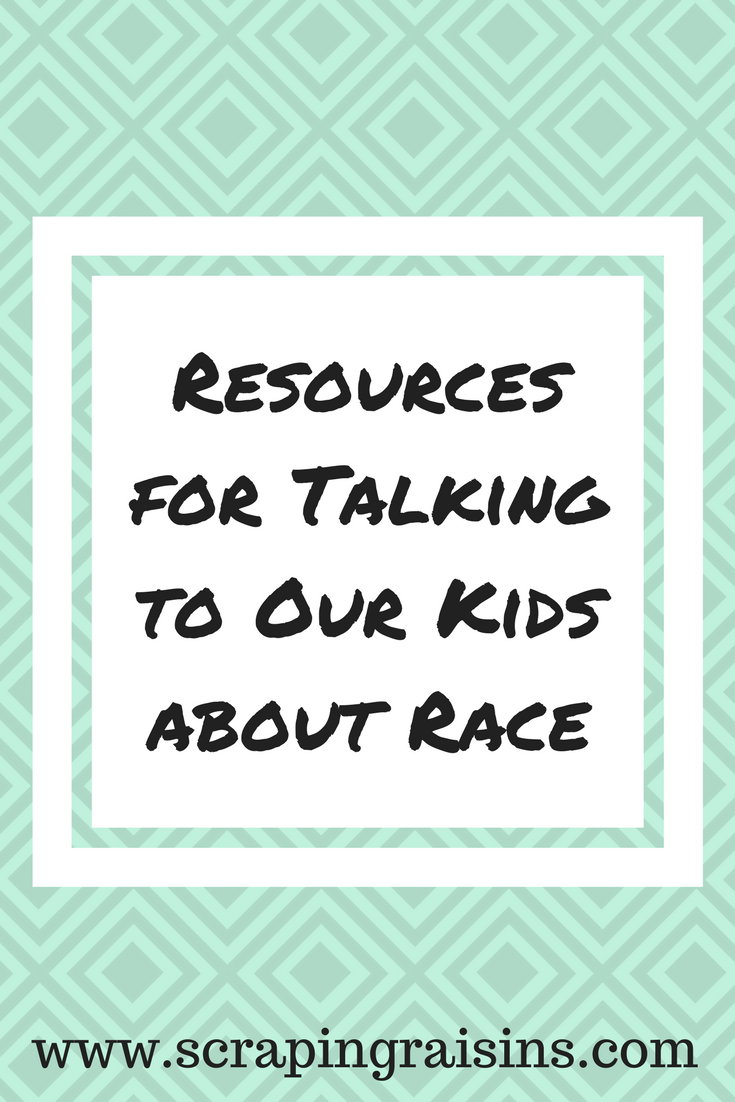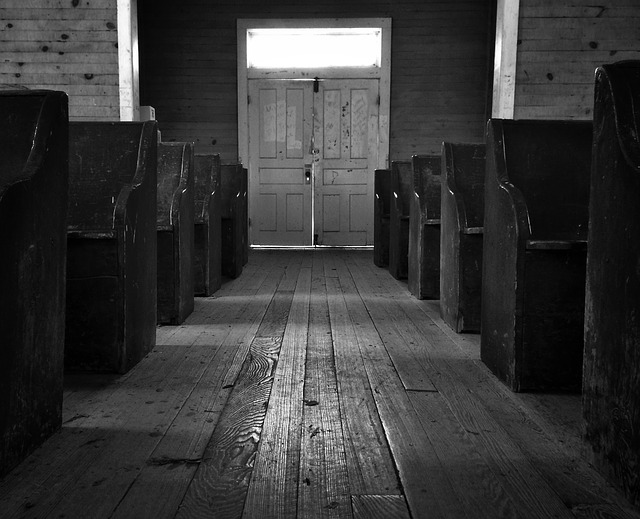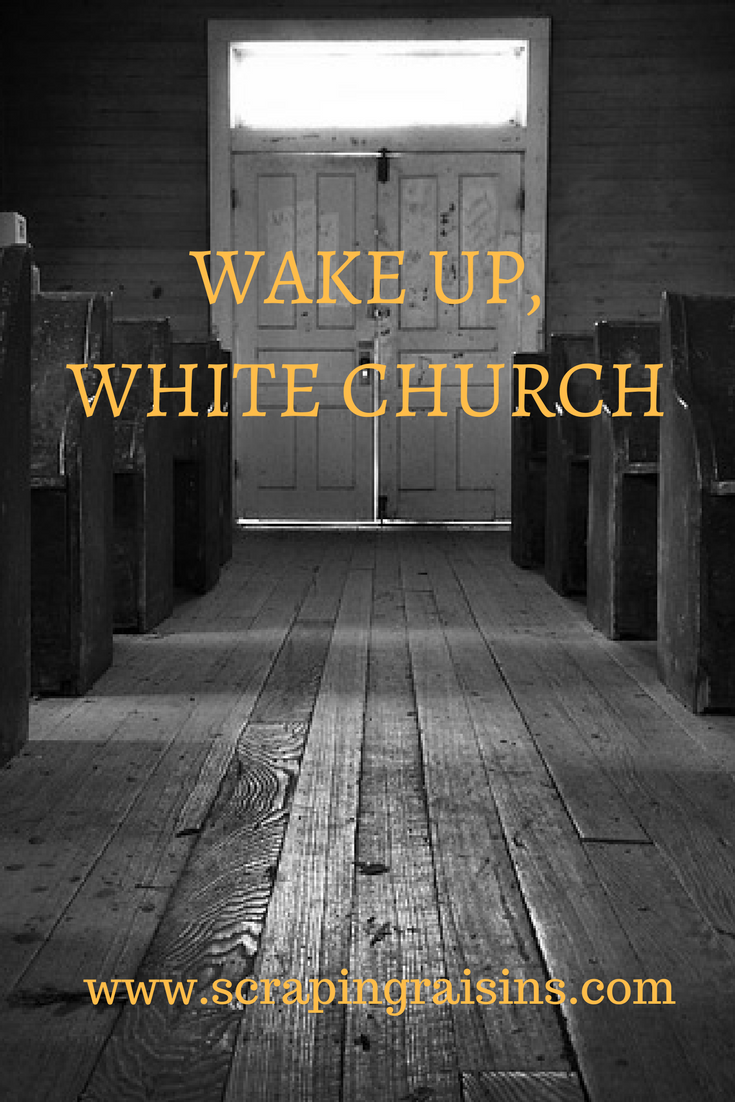My four-year-old son recently noticed that people are different colors. We visited an African American church and I decided not to mention anything about skin color beforehand. I didn’t think he noticed. But just a few days later he brought up the fact that he has “white skin” and another boy has “black skin.”
“Who told you that?” I asked. “Did you learn that in preschool?” When I was little, the term “black” confused me. I didn’t know anyone with black skin, just different shades of brown.
“He probably got that from your podcasts,” my mom suggested as I shared how his innocence had somehow been shattered.
I’m a bit obsessed with podcasts (if you haven’t noticed). I listen while I’m doing laundry, getting ready in the mornings and even in the shower (if the host has a loud enough voice–thank you, Megan Tietz of Sorta Awesome). And most of the ones I listen to these days are about race.
But in all my own self-education, I clearly haven’t done a good enough job of educating my four-year-old on this issue.
In addition to this and this list on race resources to educate yourself on race issues, The Global Mom Show Podcast recently broadcasted a few episodes on educating our children on this topic. I would highly recommend listening to these for ideas on talking to your kids about race:
Talking to Your Kids about Race, with Lucretia Berry
Talking to Your Mixed-Race Kids about Race, with Sonia Smith-Kang
Here are some other resources I’ve found, as well as ten picture books featuring people of color that are sitting in my Amazon shopping cart as I type this:
Websites:
Barefoot Books believes that “children need diverse, inclusive and inspiring books. This is what we’re all about. From the very beginning, our books have opened windows to other cultures and perspectives, while also providing children of all backgrounds and abilities with a much-needed mirror of their own experiences.”
Colours of Us is a website with tons of lists of multicultural book ideas as well as multicultural toys, games, puzzles and crafts.
Here Wee Read Blog: 55 of the Best Diverse Picture and Board Books of 2016, by Mrs. G at Here Wee Read Blog (and another great list from the same site). Follow her on Instagram for more great book ideas.
Like Me, Like You Kids is a place to buy toys and decorative items for kids that reflect diversity. From the site: “Our hope is to curate beautiful products that allow children of color to see themselves in the art, books and toys they interact with daily. We also hope that children of all shades would grow up appreciating the gift of diversity – like me, like you.”
Raising Race Conscious Children is “a resource to support adults who are trying to talk about race with young children. The goals of these conversations are to dismantle the color-blind framework and prepare young people to work toward racial justice. If we commit to collectively trying to talk about race with young children, we can lean on one another for support as we, together, envision a world where we actively challenge racism each and every day. Many of the blog’s posts are geared toward White people but a community of guest bloggers represent diverse backgrounds and the strategies discussed may be helpful for all.” This post was especially helpful to me.
Articles:
How to Talk to Kids about Race and Racism by Kristen Howerton at her blog
What White Children Need to Know about Race, by Ali Michael and Eleonora Bartoli for the Independent School Magazine
5 Ways Parents Pass Down Prejudice and Racism, by Danielle Slaughter for Huffington Post
Raising Race Conscious Children by Joanna Goddard on A Cup of Jo Blog
Podcast:
How to Not (Accidentally) Raise a Racist
Book Lists:
12 Books Featuring Black Fathers (for all ages)
28 Black Picture books that Aren’t About Boycotts, Buses or Basketball
50+ Picture Books about Mixed Race Families
Children’s Books to Help Talk about Race with Kids from an Alabama Public Library
18 Children’s Books with Characters of Color, by Joanna Goddard for her blog, A Cup of Jo
10 Picture Books with Characters of Color (currently sitting in my Amazon shopping cart):
A Sock is a Pocket for Your Toes, by Elizabeth Garton Scanlon
The Airport Book, by Lisa Brown
Beautiful, by Stacy McAnulty
The Bot that Scott Built, by Kim Norman
The Colors of Us, by Karen Katz
He’s Got the Whole World in His Hands, by Kadir Nelson
The Lord’s Prayer, illustrated by Tim Ladwig
Happy in Our Skin, by Fran Manushkin
Psalm Twenty-Three, illustrated by Tim Ladwig
When God Made You, by Matthew Paul Turner
Now that my kids can talk (often more than I’d like them to), it’s time to start discussing race. My brothers and sisters of color have already had numerous conversations about this, so it’s time for me to begin planting seeds of love and tolerance before the weeds of prejudice can take root.
Join me?
New to the Series? Start HERE (though you can jump in at any point!).

During the month of March, 2017, I will be sharing a series called 31 Days of #Woke. I’ll be doing some personal excavating of views of race I’ve developed through being in schools that were under court order to be integrated, teaching in an all black school as well as in diverse classrooms in Chicago and my experiences of whiteness living in Uganda and China. I’ll also have some people of color share their views and experiences of race in the United States (I still have some open spots, so contact me if you are a person of color who wants to share). So check back and join in the conversation. You are welcome in this space.

**Contains Amazon Affiliate links

















